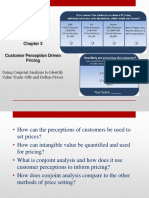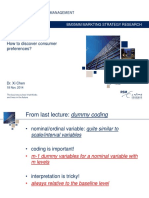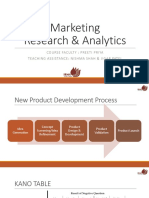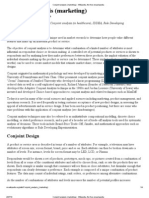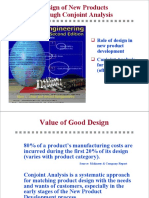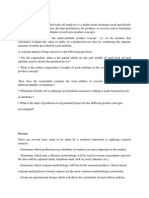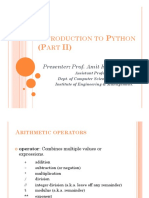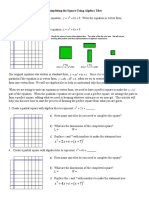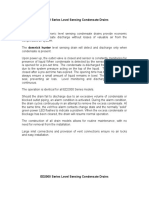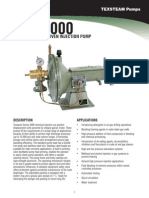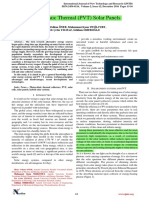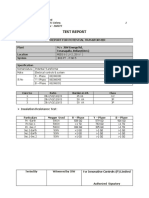0% found this document useful (0 votes)
57 views53 pagesConjoint Choice Introduction
This document provides an outline for a workshop on choice-based conjoint analysis. It introduces conjoint analysis as a technique for measuring how consumers value different attributes and features of products and services. It discusses formulating conjoint experiments by defining relevant attributes and attribute levels. It also covers different conjoint methods, using conjoint analysis software, and analyzing conjoint data to obtain part-worth utilities, importances, and simulate market shares.
Uploaded by
Ratnavel SubramanianCopyright
© © All Rights Reserved
We take content rights seriously. If you suspect this is your content, claim it here.
Available Formats
Download as PPT, PDF, TXT or read online on Scribd
0% found this document useful (0 votes)
57 views53 pagesConjoint Choice Introduction
This document provides an outline for a workshop on choice-based conjoint analysis. It introduces conjoint analysis as a technique for measuring how consumers value different attributes and features of products and services. It discusses formulating conjoint experiments by defining relevant attributes and attribute levels. It also covers different conjoint methods, using conjoint analysis software, and analyzing conjoint data to obtain part-worth utilities, importances, and simulate market shares.
Uploaded by
Ratnavel SubramanianCopyright
© © All Rights Reserved
We take content rights seriously. If you suspect this is your content, claim it here.
Available Formats
Download as PPT, PDF, TXT or read online on Scribd
/ 53










